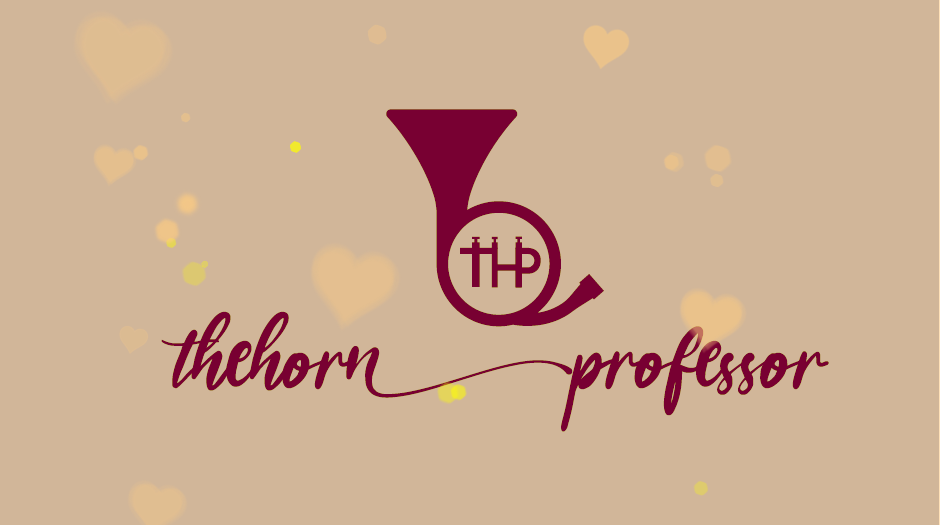right hand position
There are many different ways to describe where the right hand goes, what it looks like from the outside, and what if feel like inside of the bell.
There are some truths, however, that apply to everyone:
- the right hand effects tone, intonation and sound
- the right hand shouldn’t be limp, or so tightly flexed that it remains super tense
- the fingers are generally held straight
- the back of the hand should be against the inside of the bell
here are more truths:
- no two people’s hands are exactly the same
- your hand fits in your bell differently than my hand fits in your bell, or mine, or anyone else’s bell
- the rest of your body is different from mine too, which will affect how the horn relates to you (you might be taller, you might be shorter, etc)
With all of these variables in mind, we have to use still more truths to determine our hand position:
- can you play stopped horn easily from this position without moving the entire hand in and out?
- are you in tune while in the open position?
- is your sound nice and open, resonating? or does it sound muffled and too covered?
- are your articulations clearly heard?
Here’s what I teach…
1. cup your hand as if holding water, but then straighten the fingers as you might when shaking someone’s hand
2. allow the thumb to rest next to the index finger, creating a bit of a shelf for the horn to rest on
3. pretend your bell is a clock, where the body of the horn becomes 12 o’clock. Your middle knuckle should be somewhere between 2 and 3 o’clock.
4. all of the fingers should rest against the bell furthest from your body, with the weight of the horn on the ‘shelf’
5. when you play stopped horn, bring your palm towards you, keeping the fingers still against the bell and close the air off (more on this later).
6. make sure your palm is open (bending at the wrist) during normal, non-stopped music for a big resonant sound


